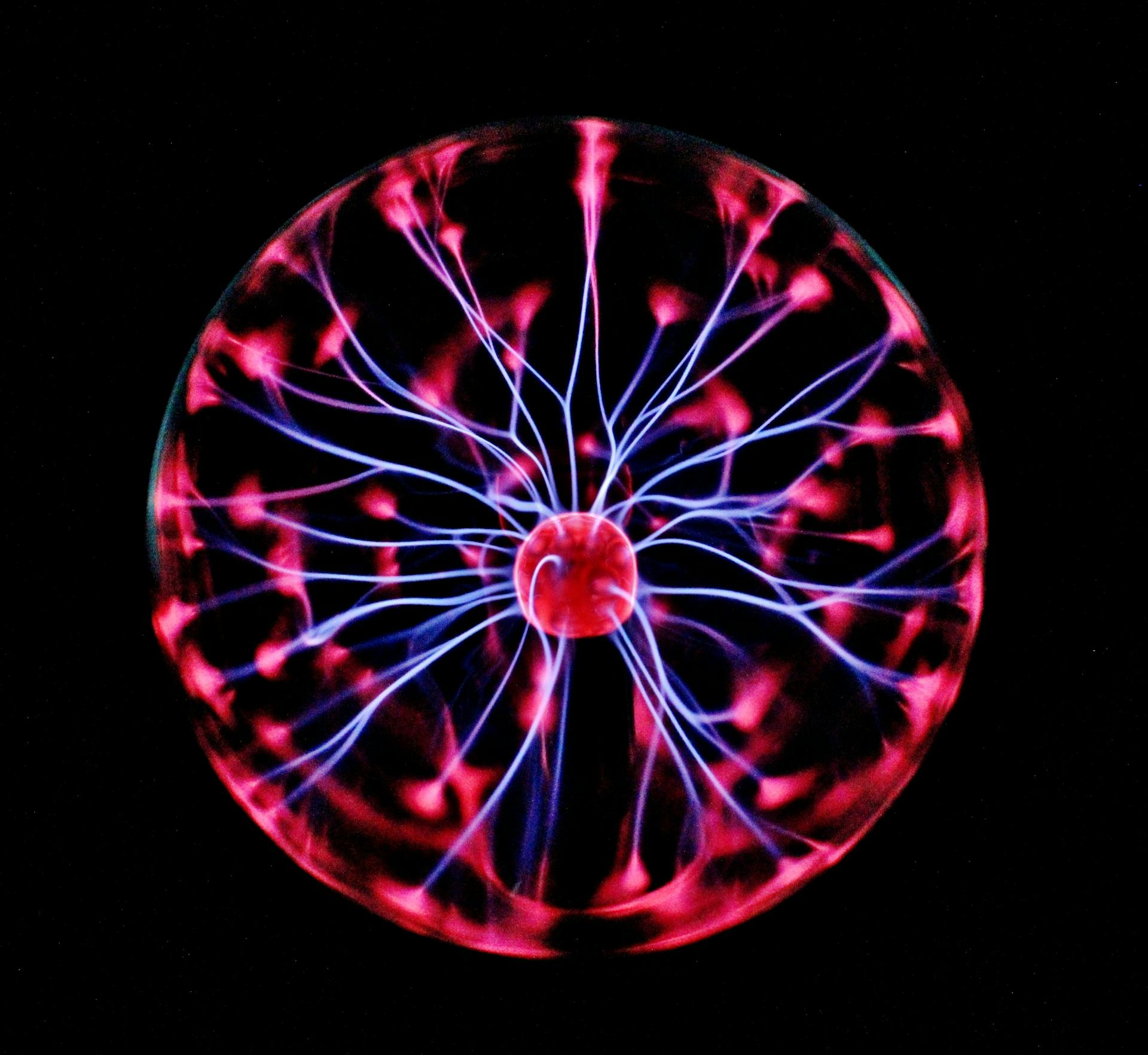In the global quest for sustainable and reliable energy systems, few materials have captured the attention of scientists and engineers like vanadium. While lithium, cobalt, and nickel often dominate discussions about energy storage, vanadium compounds — particularly V₂O₅ (vanadium pentoxide) and vanadium electrolyte used in redox flow batteries — are emerging as the quiet champions of the clean energy revolution. Their unique chemistry makes them ideal for grid-scale energy storage, long-term stability, and safety — three pillars upon which the next generation of renewable power systems will stand.
The Versatile Chemistry of Vanadium
Vanadium is a transition metal known for its remarkable ability to exist in multiple oxidation states (from +2 to +5). This property allows it to participate in diverse redox reactions, making it essential in many chemical and industrial applications. Compounds such as V₂O₅, NH₄VO₃ (ammonium metavanadate), KVO₃ (potassium metavanadate), and NaVO₃ (sodium metavanadate) are used in catalysts, pigments, ceramics, and electrochemical systems.
Among them, V₂O₅ is one of the most widely studied. It serves as a precursor for synthesizing vanadium electrolytes and is used in producing sulfuric acid catalysts, ceramics, and even smart coatings that regulate temperature. Its layered crystal structure allows it to store and release ions effectively — a property that is now being leveraged in energy storage technologies, particularly in vanadium redox flow batteries (VRFBs).
Vanadium Electrolyte and the Rise of Redox Flow Batteries
The concept of the vanadium redox flow battery (VRFB) dates back to the 1980s, but it has gained serious momentum only in the last decade. The principle behind VRFBs is elegantly simple yet technologically powerful: both the positive and negative electrolytes contain vanadium ions in different oxidation states, eliminating the risk of cross-contamination that plagues other flow battery chemistries.
The vanadium electrolyte — typically derived from dissolving V₂O₅ in sulfuric acid — enables the reversible transfer of electrons between vanadium ions. During charging and discharging, the electrolyte circulates through electrochemical cells, allowing the system to store and release large amounts of energy without significant degradation. This makes VRFBs ideal for stationary applications such as solar and wind energy storage, grid stabilization, and backup power for data centers or hospitals.
Why Vanadium Beats Lithium for Grid Storage
While lithium-ion batteries are excellent for mobile and small-scale applications, they have limitations when it comes to grid-scale energy storage. Lithium cells degrade over time, are prone to thermal runaway, and pose challenges in recycling and sustainability. In contrast, vanadium-based systems can last 20 years or more with minimal capacity loss.
Several advantages set vanadium electrolyte systems apart:
- Scalability – Energy capacity can be increased simply by enlarging the electrolyte tanks.
- Safety – No risk of explosion or combustion since the system operates in aqueous solution.
- Long lifespan – The electrolyte does not degrade easily, allowing thousands of charge-discharge cycles.
- Full recyclability – The vanadium can be fully recovered and reused indefinitely.
Because of these traits, VRFBs are increasingly viewed as the future of long-duration energy storage, complementing renewable sources that fluctuate depending on weather and time of day.
V₂O₅ in Advanced Battery and Catalyst Research
Beyond flow batteries, V₂O₅ has also found new life in cutting-edge research on lithium-sulfur batteries, sodium-ion batteries, and supercapacitors. Its ability to accommodate various ions (Li⁺, Na⁺, Mg²⁺, Zn²⁺) and maintain structural integrity under repeated cycling makes it a promising electrode material. Moreover, when combined with compounds such as WCl₆ (tungsten hexachloride), TaCl₅ (tantalum pentachloride), NbCl₅ (niobium pentachloride), and MoCl₅ (molybdenum pentachloride), it forms complex oxides and heterostructures that enhance catalytic and electronic performance.
These advanced materials are being explored not only for batteries but also for photocatalytic water splitting, hydrogen production, and carbon dioxide reduction — all critical technologies for the transition to a net-zero carbon economy. The combination of V₂O₅ with these transition-metal chlorides creates synergetic effects that improve electron mobility, reaction kinetics, and stability.
Bridging the Gap Between Chemistry and Sustainability
The sustainable aspect of vanadium lies not only in its performance but also in its recyclability. Unlike rare metals that are lost during recycling processes, vanadium from spent catalysts, steel slags, and used electrolytes can be recovered efficiently. The closed-loop nature of vanadium electrolyte recycling makes VRFB technology one of the cleanest solutions in the energy storage sector.
Countries such as China, Australia, South Africa, and the United States are already investing in vanadium mining and refining infrastructure. Meanwhile, new projects are focusing on green vanadium extraction from industrial byproducts, reducing environmental impact and cost. As demand for large-scale renewable energy grows, the role of V₂O₅ and related vanadium compounds will expand far beyond the laboratory.
The Road Ahead
The next decade will likely see a transformation in how energy is stored and managed. While lithium will remain dominant in consumer electronics and electric vehicles, vanadium-based systems are set to play a crucial role in stabilizing renewable grids and enabling 24/7 clean power delivery. The synergy between V₂O₅, vanadium electrolyte, and other transition-metal compounds such as WCl₆, TaCl₅, and MoCl₅ opens doors to a new generation of high-performance materials.
As the world transitions to renewable energy, vanadium compounds offer a rare combination of chemical versatility, sustainability, and scalability. From catalytic converters to smart coatings and from VRFBs to hydrogen production, vanadium continues to prove that its future is not only bright — it is electrically charged.

